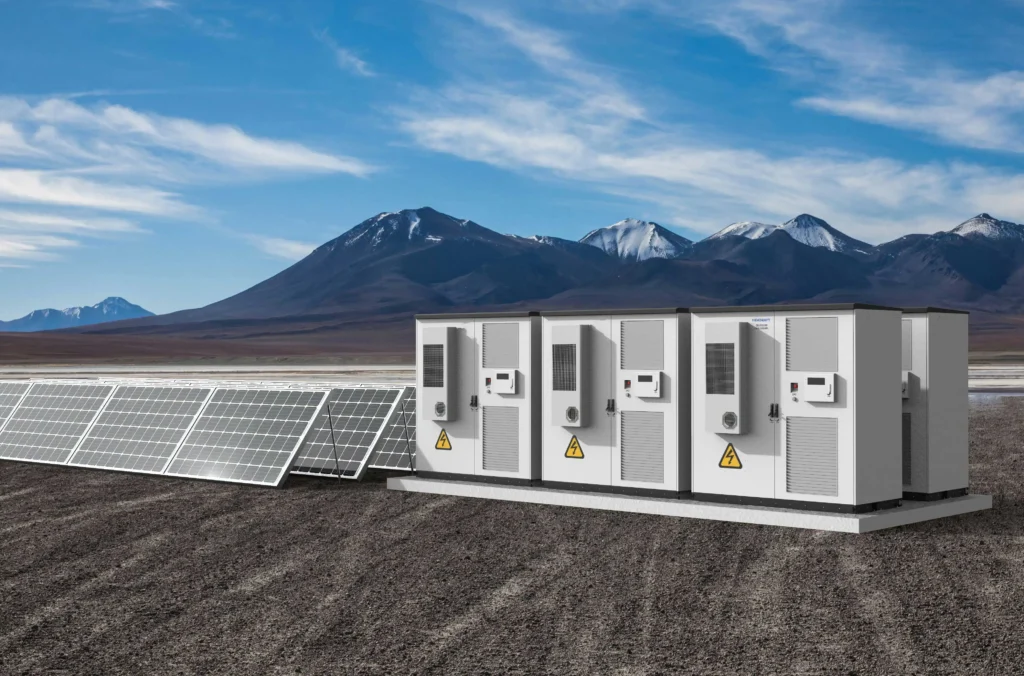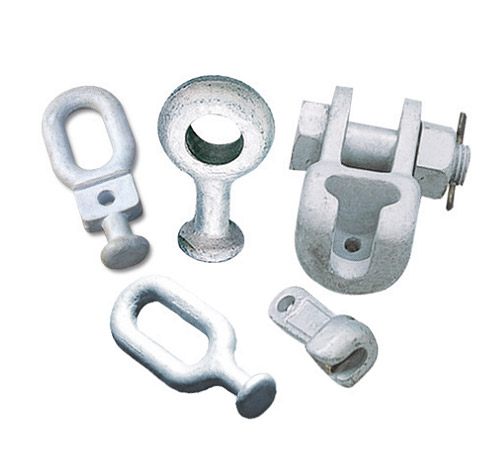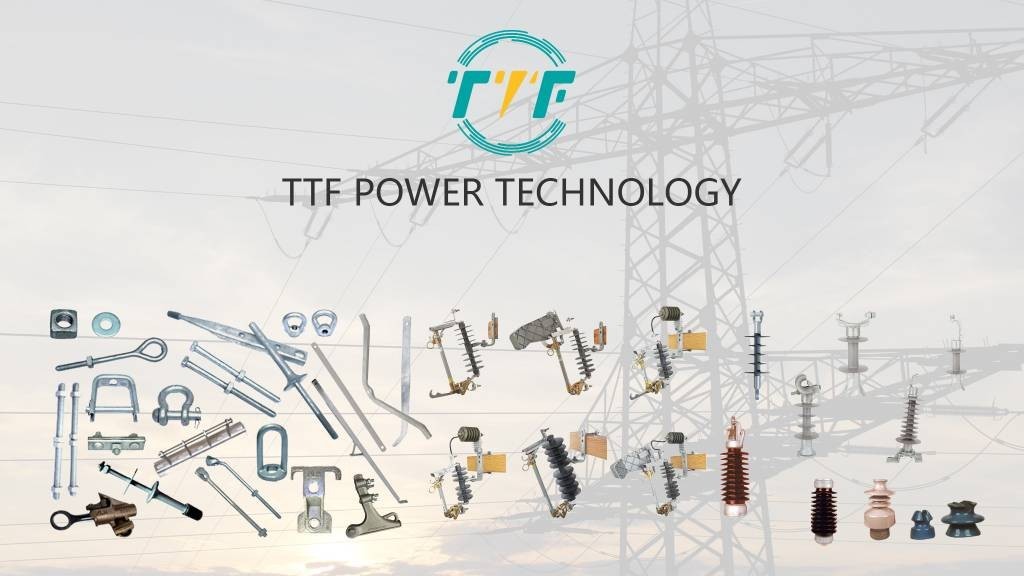
South America is undergoing a renewable energy transformation driven by solar resources and increasing energy demand. The use of solar storage systems addresses energy intermittency, supports grid reliability, and enables the region’s renewable energy goals. The systems also have opportunities for sustainable development in the region. Additionally, the presence of investments in solar storage will yield long-term benefits. These benefits include energy security, economic growth, and environmental sustainability. Advances in solid-state batteries, flow batteries, and hybrid storage systems enhance performance and reduce costs. Expansion of microgrids, integration with smart grids, and export potential are some of the future prospects for solar storage systems. Adoption of solar storage systems enables regional collaboration, growth of green hydrogen, and reduced costs of technology. Pole line hardware supports solar storage systems in South America.
Components such as crossarms, insulators, conductors, and hardware fittings support power lines for solar storage. Pole line hardware enables the reliable and efficient transmission of electricity generated by solar power plants. Pole line hardware supports the solar storage to ensure grid stability. They also enable the seamless integration of renewable energy sources. The hardware is essential for the power grid infrastructure for the successful operation of the solar storage system. Pole line hardware ensures the effective operation and integration of solar storage systems. This in turn supports the region’s transition to cleaner energy sources. Let’s look at the impacts of solar storage systems in South America’s energy sector. The article also highlights the functions of pole line hardware in the infrastructure supporting solar storage solutions.
Functions of pole line hardware in solar storage systems in South America
Pole line hardware plays a crucial role in the infrastructure supporting solar storage systems in South America. The components ensure the safe, efficient, and durable operation of power lines connecting solar farms, storage units, and the grid. The hardware provides structural integrity and safety. This is to ensure efficient energy transmission in challenging environments. Adapting pole line hardware maximizes the benefits of renewable energy systems in South America. The following are the functions of pole line hardware in solar storage systems.

- Structural support—pole line provides mechanical support to overhead transmission and distribution lines. Components such as crossarms, braces, and poles help to maintain the positioning of conductors and ensure stability in diverse environments.
- Insulation and safety—the components prevent electrical faults by insulating live conductors from grounded structures. They are essential for reducing energy losses and preventing accidents.
- Conductive connections—pole line hardware secure electrical connections between transmission lines and systems components. This maintains reliable energy flow between solar farms, storage units, and the power grid.
- Tension management—pole line hardware maintains proper tension in transmission and distribution lines. They reduce line failures in regions with high thermal expansion due to temperature fluctuations.
- Vibration control—the component protects lines from mechanical damage caused by wind-induced vibrations. This prevents fatigue and wear in areas with consistent strong winds.
- Surge protection—the hardware components protect infrastructure from lightning and electrical surges. Components like ground wires, rods, and surge arresters send excess voltage safely into the ground.
Impacts of solar storage systems in South America
Solar storage systems contribute to the renewable energy goals while addressing challenges. They enable the transition to a cleaner, more resilient, and fair energy future. The systems expand energy access, reduce emissions, and foster economic growth. They help in addressing challenges such as energy access, grid reliability, and economic sustainability. At TTF Power, we are a one-stop-shop for utility pole hardware fittings, transmission line accessories and power line construction equipment. We provide our customers with the most extensive range of products in the industry, excellent value and knowledgeable service. This supports the development of solar storage systems in South America. Discussed below are the impacts of solar storage systems.

- Increased renewable energy—the systems make renewable energy more viable by mitigating solar power intermittency.
- Enhanced grid reliability and stability—solar storage stabilizes the grid by balancing the supply and demand changes. This helps prevent blackouts and ensure a steady energy flow.
- Improved energy access—the systems enable electricity access to rural and off-grid communities. Microgrids powered by solar panels and storage systems provide consistent energy.
- Reduced dependence on fossil fuels—the systems shift fossil fuels for peak load management and backup power. The systems reduce the need for natural gas or diesel during peak demand periods.
- Economic benefits—investments in solar storage create jobs and spur economic growth. They create jobs in the manufacturing, installation, and maintenance of solar and storage infrastructure.
- Carbon emissions reduction—solar storage helps in reducing greenhouse gas emissions. This is by enabling more renewable energy use.